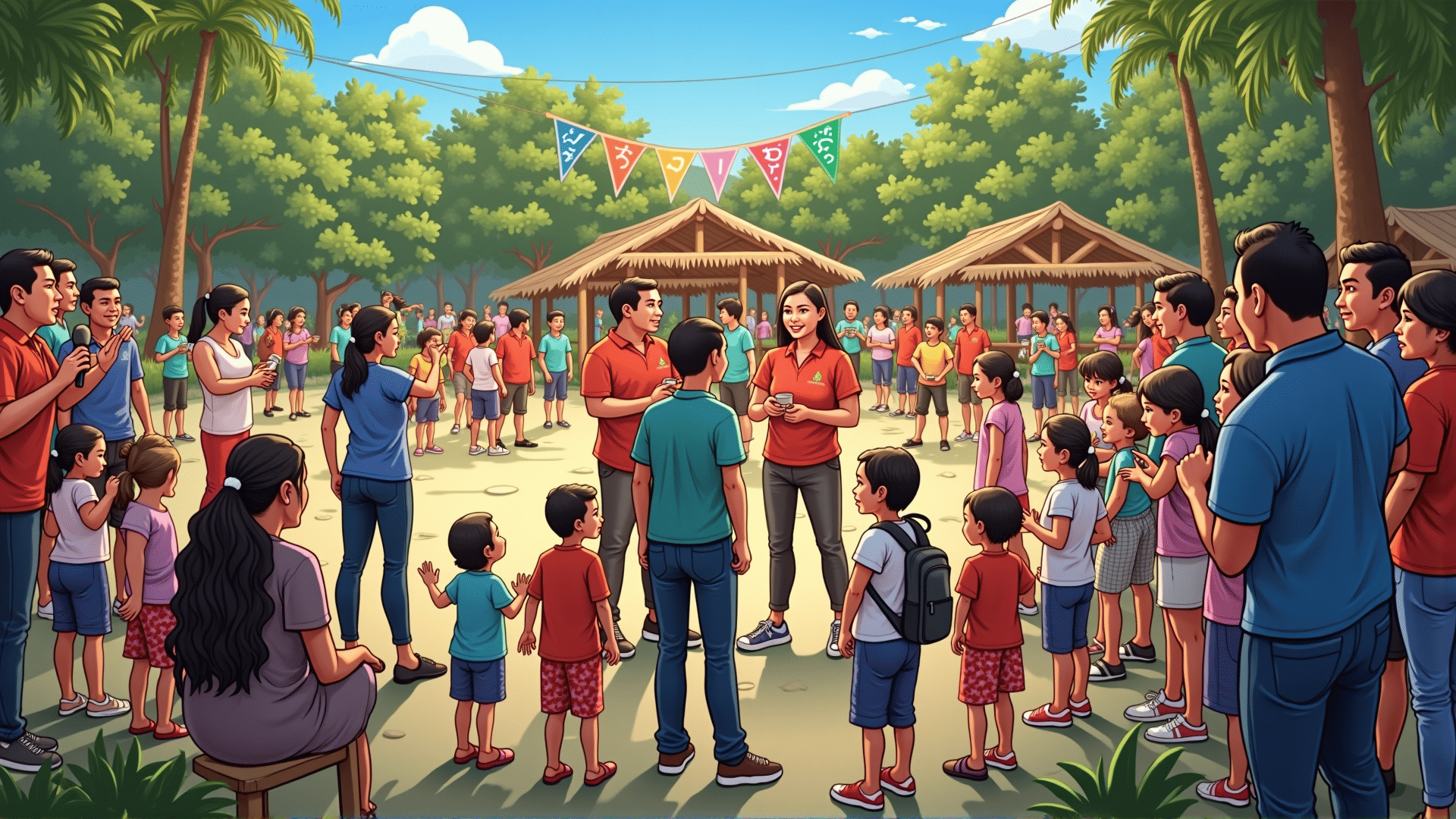In the vibrant tapestry of the Philippines, each community is woven with stories rich in culture, heritage, and resilience. These narratives, when shared, can inspire change, foster unity, and facilitate development. Public relations professionals play a crucial role in bringing these community stories to a broader audience through strategic use of media.
At the heart of utilizing media to amplify community voices is the understanding of the channels available and how they can be leveraged effectively. Traditional platforms like television, radio, and print media have long been staples for reaching wide audiences. However, the digital age has introduced new arenas such as social media, blogging, and online news sites, which offer real-time engagement and expansive reach.
One effective approach is crafting compelling narratives that resonate with both the media and the public. This involves not only highlighting the core message but also weaving in elements that capture the audience’s imagination—personal stories, local heroes, or innovative solutions to community challenges. It’s about creating narratives that are not just informative, but also emotionally engaging.
Collaboration is another key strategy. By forming partnerships with local journalists, media organizations, and influencers, public relations professionals can ensure that community stories have a platform. These partnerships are mutually beneficial: media outlets gain access to unique and authentic content, while community stories gain visibility and validation.
Utilizing multimedia elements can significantly enhance these stories. Visuals such as videos, infographics, and photographs can capture the essence of a community more effectively than words alone. They provide a more dynamic way to present stories, making them more appealing to both media professionals and the public.
Social media platforms are particularly powerful for community engagement. When used strategically, they can serve as a direct line to audiences—both local and global. By creating shareable content and encouraging dialogues, communities can foster a participative environment where their stories can reach further than they ever could through traditional means.
Moreover, understanding the media landscape in the Philippines is critical. Each region or locality might have its own preferred media channels, and recognizing these nuances can greatly enhance the effectiveness of the outreach. Tailoring strategies to fit these regional preferences ensures that the stories not only reach the right audience but also resonate with them.
Measuring the impact of these media efforts is also essential. Through analytics and feedback, public relations professionals can assess how well the community stories are being received, enabling them to refine their strategies for greater reach and impact.
In conclusion, the role of media in amplifying community voices in the Philippines is a powerful tool for public relations professionals. By crafting engaging narratives, forming strategic partnerships, leveraging multimedia, and understanding the media landscape, these professionals can ensure that community stories are not only heard but celebrated. In doing so, they are not only promoting awareness but also fostering a more connected and informed society.
